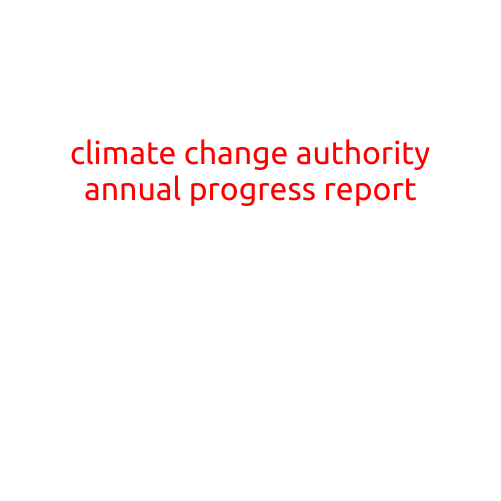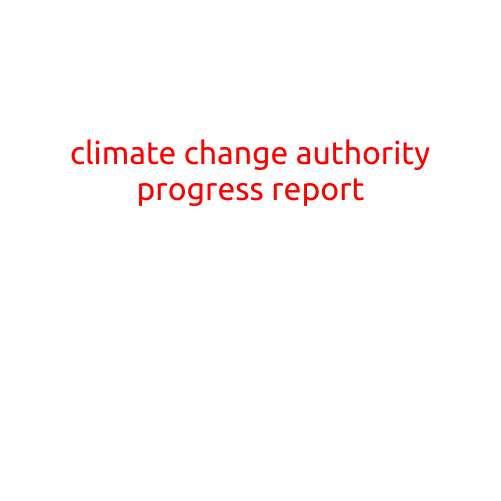
Adapting to Climate Change: Progress in Wales
As the world grapples with the challenges of climate change, Wales has been making significant strides in its efforts to adapt to this rapidly changing environment. With its unique geography and climate, Wales is particularly vulnerable to the impacts of climate change, including more frequent and severe flooding, droughts, and heatwaves.
In recent years, the Welsh government has taken bold steps to prioritize climate resilience and adaptation, recognizing the need to protect its natural resources, infrastructure, and most importantly, its people. This article highlights some of the key initiatives and progress made in Wales to adapt to climate change.
National Adaptation Programme
In 2017, the Welsh government published its National Adaptation Programme (NAP) to guide efforts to adapt to climate change. The programme sets out a range of strategic objectives and actions to help Wales respond to the threats posed by climate change. Some of the key priorities include:
- Flooding resilience: Enhancing flood defenses, improving flood warning systems, and developing more effective flood risk management strategies.
- Water resources: Managing water resources more effectively, improving water efficiency, and promoting sustainable use of water.
- Infrastructure protection: Protecting key infrastructure, such as ports, airports, and transportation networks, from the impacts of climate change.
- Ecosystem protection: Preserving and enhancing natural habitats, such as wetlands and forests, which are critical for flood risk management and biodiversity.
Progress in Flooding Resilience
Flooding is one of the most significant threats posed by climate change in Wales. In recent years, the country has experienced several severe flooding events, resulting in significant damage and disruption to communities.
To address this issue, the Welsh government has invested in a range of initiatives, including:
- Flood defense schemes: Upgrading and enhancing flood defenses along rivers and coastlines, such as the £15 million scheme to protect the town of Prestatyn from flooding.
- Flood warning systems: Improving flood warning systems to provide earlier and more accurate warnings to communities at risk of flooding.
- Flood risk management plans: Developing and implementing flood risk management plans for high-risk areas, such as the River Wye catchment.
Sustainable Infrastructure and Transportation
As climate change continues to evolve, Wales is also investing in sustainable infrastructure and transportation systems to reduce its carbon footprint and build resilience.
- Electric vehicle charging infrastructure: Expanding electric vehicle charging networks across Wales to support the transition to electric vehicles.
- Green infrastructure projects: Investing in green infrastructure projects, such as green roofs and green walls, to enhance urban biodiversity and mitigate the urban heat island effect.
- Low-carbon transportation: Promoting low-carbon transportation options, such as public transport, cycling, and walking, to reduce reliance on fossil fuels and emissions.
Integrating Climate Change into Policy and Planning
Adapting to climate change requires a whole-of-government approach, and Wales has made significant progress in integrating climate change into policy and planning.
- Climate change risk assessments: Conducting climate change risk assessments for major infrastructure projects, such as the M4 relief road, to inform investment decisions.
- Climate-resilient urban planning: Developing climate-resilient urban planning policies and guidelines to ensure that new developments and infrastructure are designed with climate change in mind.
- Disaster risk reduction: Incorporating disaster risk reduction and management into policy and planning to reduce the impact of climate-related disasters.
Conclusion
Wales is taking a proactive approach to adapting to climate change, with a focus on enhancing flood resilience, protecting natural habitats, and promoting sustainable infrastructure and transportation. While there is still much work to be done, the progress made to date is a testament to the Welsh government’s commitment to building a more resilient and sustainable future. As climate change continues to evolve, it is essential that Wales continues to adapt and innovate to ensure the protection of its people, natural resources, and economy.





